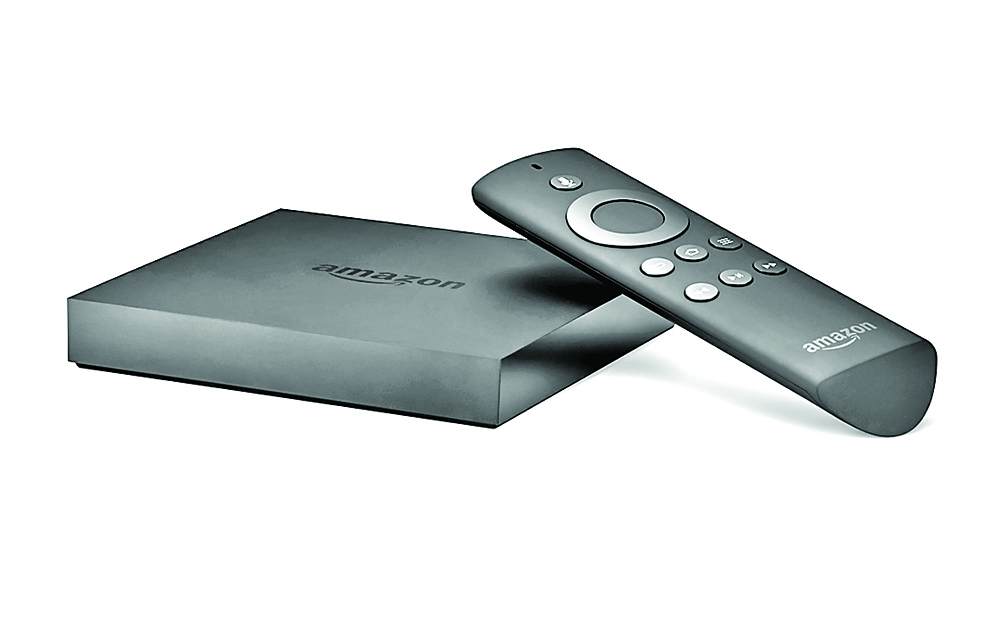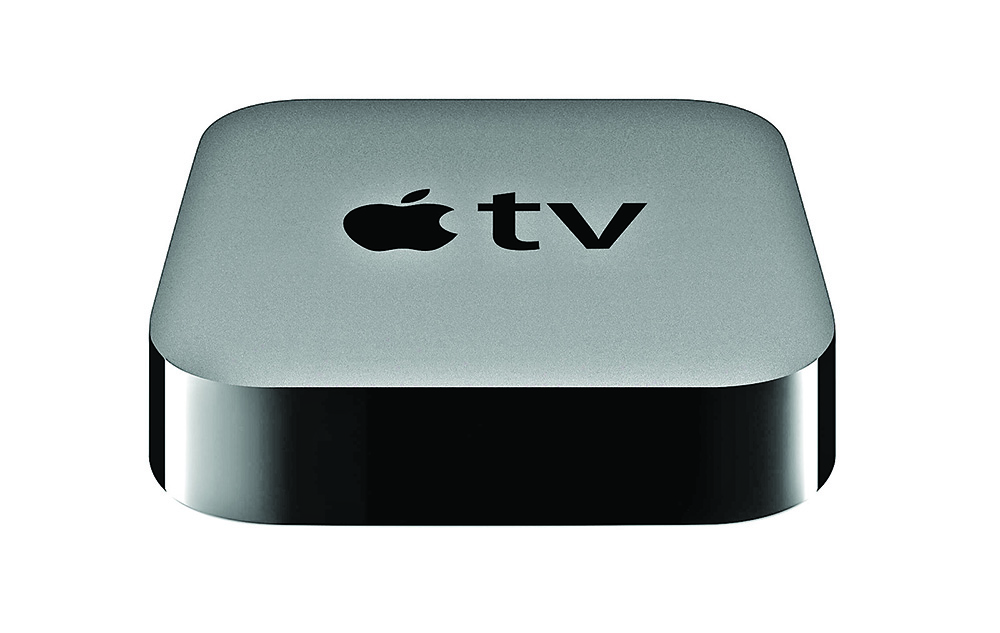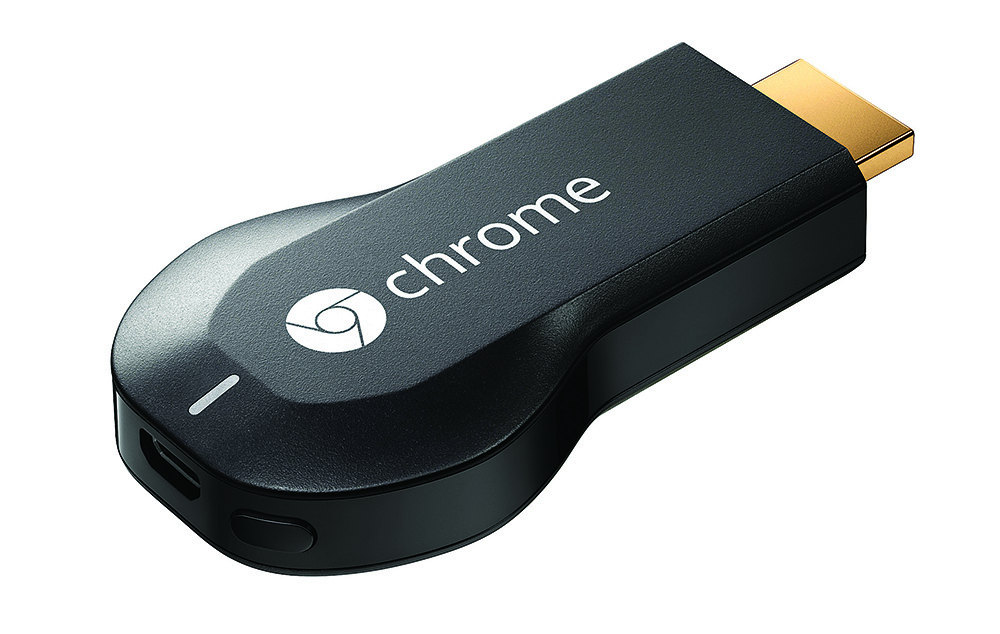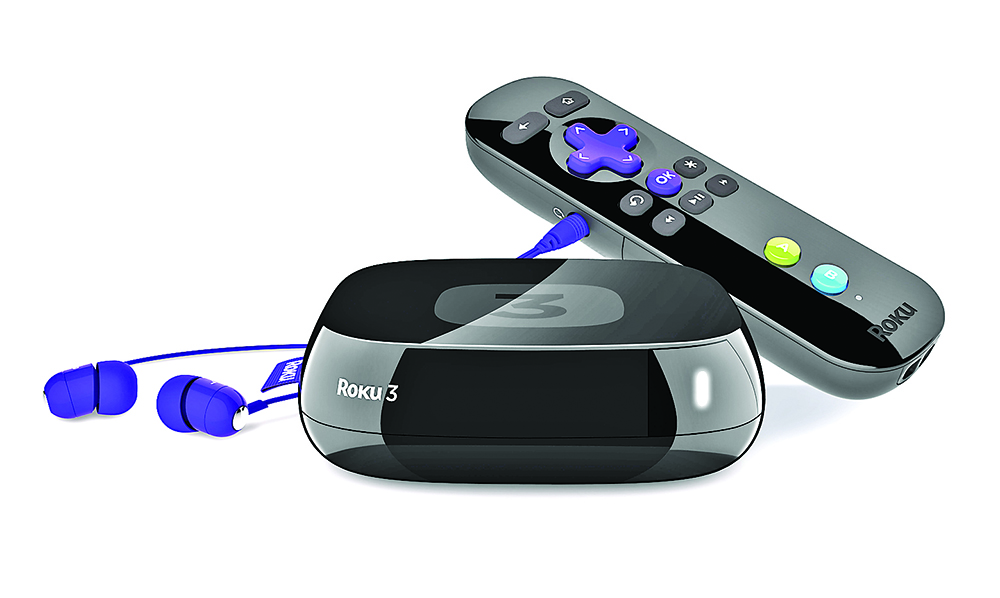For decades, customers had a tough enough decision just choosing which TV they wanted, but in recent years, manufacturers have introduced a new class of device - the set-top streaming box - that further muddies the waters.
Connected to a high-definition TV, the following devices provide from-the-couch access to online media content services such as Amazon Prime, Hulu, Spotify, Pandora and Netflix, but they're hardly created equal. With the recent release of Amazon's gamer-friendly Fire TV to the mix, the competition is fiercer than ever, and the differences potentially harder to spot.
Here's a primer to help figure out which of the major contenders deserves a chance to make your TV a little smarter.
AMAZON FIRE TV
• Why you want one: You're already an Amazon customer. Like its tablet cousin, the Kindle Fire - with which it offers special second-screen functionality - the Fire TV has access to the company's ecosystem written into its bones, allowing quick access to paid rentals and free streaming through Instant Video, which is available to all Amazon Prime subscribers. The service recently got a content booster through an deal with HBO to offer exclusive access to some of the premium network's legacy programs. As an added bonus, Amazon's video content benefits from a stark decrease in buffering times thanks to the company's ASAP predictive algorithm, which pre-loads content the device expects you to want to watch next. For casual gamers, the availability of a dedicated, dual-analog-stick-equipped Bluetooth controller is icing on the cake, although the current crop of games leaves something to be desired and internal storage is limited and non-expandable.
• Why you don't: You're not an Amazon customer. Although Fire TV has support for major services such as Hulu Plus, Netflix, Showtime Anytime and Pandora, content available through Amazon and its streaming service is given clear precedence. Also, the device's much-vaunted voice search feature currently only works with Amazon content and a handful of other services, such as Hulu Plus. Searching the archives of Netflix, Crackle and many other services currently is unsupported, although Netflix has confirmed its integration into the feature by year's end. HBO subscribers may also want to hold off since access to HBO Go has been announced but is currently unavailable.
• Price: $99; access to Amazon Instant Video requires an additional Amazon Prime subscription ($99 annual fee).
• Input method: Bluetooth remote with microphone for voice search or via a paired phone/tablet. Dedicated gaming controller (sold separately $40, includes $10 credit with which to buy Amazon content).
• Website: www.amazon.com/FireTV
APPLE TV
• Why you want one: You've got an iPhone in your pocket, an iPad on your couch and a massive library of iTunes purchases stored on the Mac Mini in your office. Like the Amazon Fire TV, Apple's hockey-puck-sized streaming box plays exceptionally nicely with content purchased within the company's content ecosystem. The Apple TV is the only streaming box to offer support for iTunes content and can serve double duty as a big-screen display for content off an iPhone or iPad via AirPlay content flinging. For sports fans, Apple TV also offers access to desirable content channels such as MLB.TV, NBA League Pass and NHL Gamecenter, which are absent on Amazon's box.
• Why you don't: The aluminum unibody remote, while light and elegantly simplistic, is a pain to use when searching for content, forcing a hunt-and-peck method that is tedious. This is somewhat mitigated by an app which can allow users to control the box via an iPhone or iPad. And if you want games, even of the ultrasimplistic variety, Apple's box offers little support for gaming from the couch, except via AirPlay content mirroring with a paired phone or tablet. Rumors suggest the next version of the device - presumed to be announced later this year - will integrate voice control via Apple's digital personal assistant Siri and, potentially, big-screen support for gaming apps.
• Price: $99.
• Input method: Bluetooth remote or via a paired phone/tablet.
• Website: www.apple.com/appletv
GOOGLE CHROMECAST
• Why you want one: You're eager to inject a little "smart" into your otherwise dumb HDTV but don't want to shell out too much or have another device hogging the real estate of your entertainment center. At less than three inches long, the Chromecast is the size and shape of a USB thumb drive. It plugs unobtrusively into an HDMI port on the back of your TV and receives power either through a USB port on the same TV or via an external power source. Once plugged in, it remains unseen while allowing phones, tablets or computers on the same network to "cast" content to the big screen.
In addition to casting media from major services such as YouTube, Netflix, Hulu and HBO Go, the Chromecast also allows users to display browser windows accessed through Google's Chrome browser.
• Why you don't: You don't want to have to have your phone or tablet next to you on the couch. Google touts the Chromecast as a "remote free" device, but couch potatoes may not like having to use their phone to access content. In addition, there is a noticeable lag between when a user's input is reflected on the big screen when casting from the Chrome browser.
While many major content channels are available on the Chromecast, new ones have been slow to arrive, including Crackle and Plex, which only became available in December. Google recently released tools to encourage more software developers to make Chromecast apps, however, and more are anticipated to be released in the coming months.
• Price: $35.
• Input method: Via a paired phone/tablet/computer. No remote.
• Website: www.google.com/chromecast
ROKU
• Why you want one: You want content. Not just some of it. All of it. You'd also like a remote, thank you very much, and if it could be inexpensive, that would be nice, too. For years, California-based digital media company Roku's set-top boxes (as well as the new Roku Streaming Stick) were the streaming solution to beat. Over the years, Roku's content support has become its most-touted feature, offering access to "over 150,000 movies and TV shows" via more than 1,000 paid and free "channels" (read: apps). In addition to the biggest services, Roku also offers niche channels such as "House of Horrors," "Horoscopes by Kelli Fox" and "Mormon Channel." All Roku devices come with a remote, but the one included with the Roku 3 features a headphone jack for private listening and features motion-sensing for some light gaming applications.
• Why you don't: While Amazon customers can still access content purchased via Roku's support for Amazon Instant Video, Apple customers may find the lack of iTunes content streaming to be mildly irksome. If all you really want is access to the Netflix, Hulu, HBO Go and Amazon Instant Video, the amount of content might seem overwhelming and unnecessary. If you really like being able to mirror content from a phone or a tablet on the big screen, the lack of casting functionality similar to AirPlay might be a deal killer as well.
• Price: Roku Streaming Stick ($49) or Roku 3 set-top box ($89).
• Input method: Bluetooth remote or via a paired phone/tablet.
• Website: www.roku.com
Contact Casey Phillips at cphillips@timesfreepress.com or 423-757-6205. Follow him on Twitter at @PhillipsCTFP.





